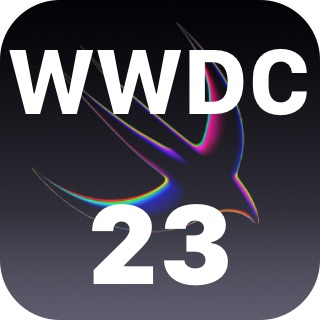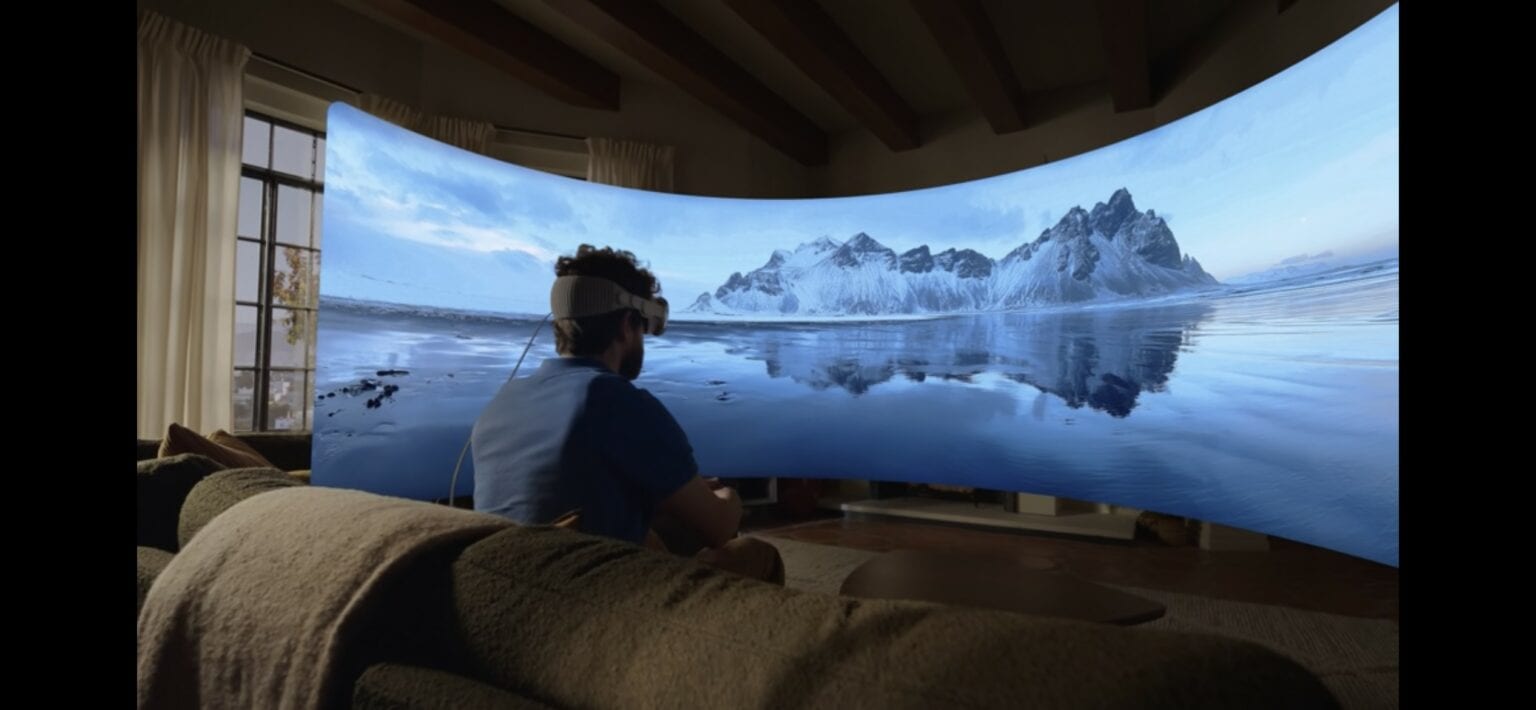
People might be squawking about the $3,499 price tag of Apple’s new Vision Pro headset, but let’s put things in perspective. When Apple introduced the Macintosh — the first computer with a graphical user interface — it cost an eye-watering $7,400 in today’s dollars.
The Apple II — the first truly “personal computer’ — proved even more expensive. In 1977, an Apple II with maxed-out memory (a whopping 48KB of RAM, yes kilobytes) cost the equivalent of $14,400.
All that makes the $3,499 price tag of Apple’s new Vision Pro VR headset seem like a relative bargain. It packs insane 4K OLED screens to mesmerize your eyes, an outside screen that shows your face while wearing it, and an array of sensors to capture your hand movements, facial expressions and more.
If Apple is right, and the headset represents the dawn of a new era of 3D spatial computing, then 3,500 bucks isn’t so much to be at the cutting edge. New technology is always pricey … and it could have been even worse. Given the amount of new tech involved, and the high price of nearly a decade of development, the Vision Pro could have been even more expensive. It’s no $10,000 Apple Watch Edition!
Vision Pro: Groundbreaking products always cost a lot
Pricing has always been an issue for Apple. Critics often cite the “Apple tax.” The company has long battled perceptions of price gouging, despite making products that usually last longer and are better made than most competitors. Apple’s massive profits, huge cash hoard and 25% profit margins don’t help.
While it’s true Apple has never made the cheapest products, it often makes the best.
From Apple II to the iPhone
Throughout its nearly 50-year history, Apple has successfully introduced a string of groundbreaking computing platforms. It started with the Apple II, the first personal computer for the masses (which coincidentally launched on this day in 1977), followed by the Mac’s graphical user interface, the iPod’s scroll wheel, and then the iPhone’s revolutionary multitouch input system.
In each case, the breakthrough was a new input method.
Even the iPhone, which introduced the world to finger-based computing, was initially predicted to be a failure when it launched in 2007, mostly based on its lack of a keyboard and its price.
Apple initially priced the iPhone at $499, at a time when most mobile phones came free with a carrier plan.
Pundits said no one would buy it. Steve Ballmer, then Microsoft’s CEO, famously predicted the iPhone would bomb.
“That is the most expensive phone in the world,” Ballmer said at the time.
Adjusted for inflation, it would cost about $720 today — slightly cheaper than the current iPhone 14, which starts at $799.
Apple’s always had pricing woes
In 1998, Steve Jobs launched the iMac, which went on sale for $1,299. Again, this price point was criticized as being way out of line with competing machines from rival PC-makers.
Jobs defended the price by saying: “No PCs are in the price range. But people are seeing the value at these prices, and our goal is to continue to lower prices on products like iMac. Part of it relates to how much of a necessity you think these devices are. And a lot of people are starting to feel that having a personal computer, especially one that is able to deliver as robust an internet experience as the iMac can in the home, is an essential utility. An iMac costs about as much as heating a New England home in the winter, a lot less than an automobile. We’re not in the sweet spot totally, but we’re getting there.”
Of course, the iMac went on to become Apple’s fastest-selling computer — and one of the best-selling computers of all time.
Welcome to 3D spatial computing
The Vision Pro represents an entirely new kind of computer — one controlled by your eyes, voice and hand gestures. The just-announced headset bristles with expensive new technology. Apple said it’s filed more than 5,000 patents associated with the device.
It remains to be seen whether this relatively expensive headset will take off, though. The initial price tag simply has to be a barrier, no matter how good it is or how transformative an experience it delivers. Meta’s upcoming Quest 3 headset will sell for only $500, but with its hand controllers and inferior optics, it already appears outclassed and outdated.
From Apple’s demos during the WWDC23 keynote, the Vision Pro’s appeal is clear for many computing scenarios, not least that it’s a powerful computer in its own right that doesn’t need expensive monitors, sound systems or input devices to make it functional.
If the Vision Pro doesn’t make you feel sick when wearing it, games and movies look fun and immersive. Maybe it’ll be the best way to work from home, with a massive, ever-expanding working environment and easy 3D videoconferencing.
A banner day for computing
Apple CEO Tim Cook seems convinced that the Vision Pro represents the future of computing. Whether it takes off or not, it’s a banner day for Apple and the computing industry. Welcome to the world of 3D “spatial computing.” Computers will never be the same.
At some point, you might look back and think $3,499 wasn’t that expensive of a price to experience the future.


